What is Gas Fee?
In the blockchain world, gas fee acts like a “service charge” that users must pay to execute transactions or operations on this decentralized network. It is a crucial mechanism in maintaining the stable and secure operation of the blockchain system.
Every transaction comes with a corresponding gas value, and the sender of the transaction must pay a certain amount of gas for the network to execute that transaction. In the case of Ethereum, gas fees are calculated in units of “gwei” (1 Ether = 1,000,000,000 gwei), and users can determine the gas fee they are willing to pay, depending on the speed at which they want their transaction to be confirmed and included in the ledger.
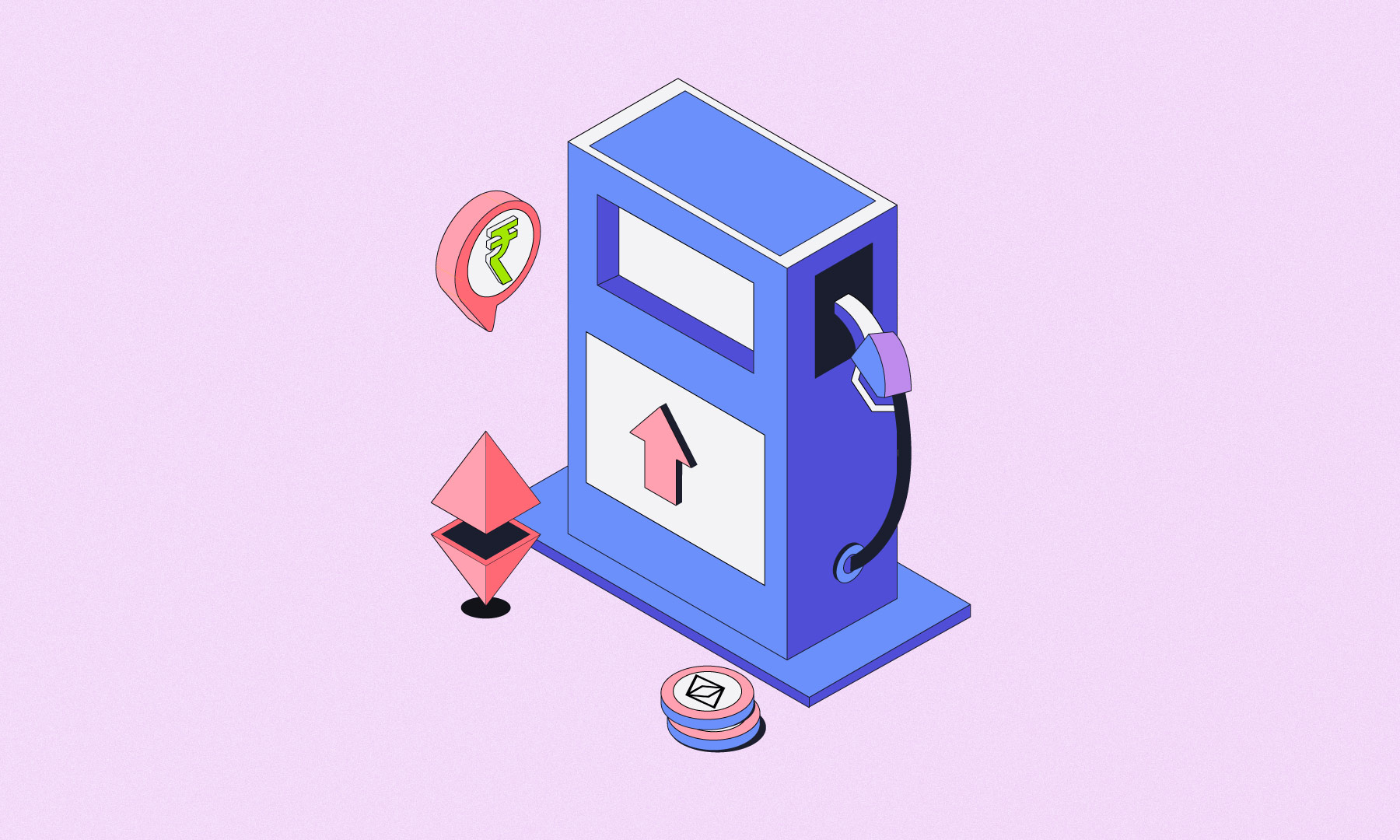
A higher gas fee means that miners will prioritize processing that transaction faster, ensuring quick confirmation. Conversely, a lower gas fee may lead to longer transaction wait times before processing. Thus, gas fees are not only an important economic factor but also an effective regulation tool to maintain balance and efficiency in the blockchain network.
This intelligent gas fee mechanism has contributed to the success of major blockchain platforms like Ethereum, ensuring smooth operation and encouraging participation from miners while creating a healthy and fair environment for all users.
Related: What is Blockchain? How does Blockchain Work?
Why Gas Fee is Needed
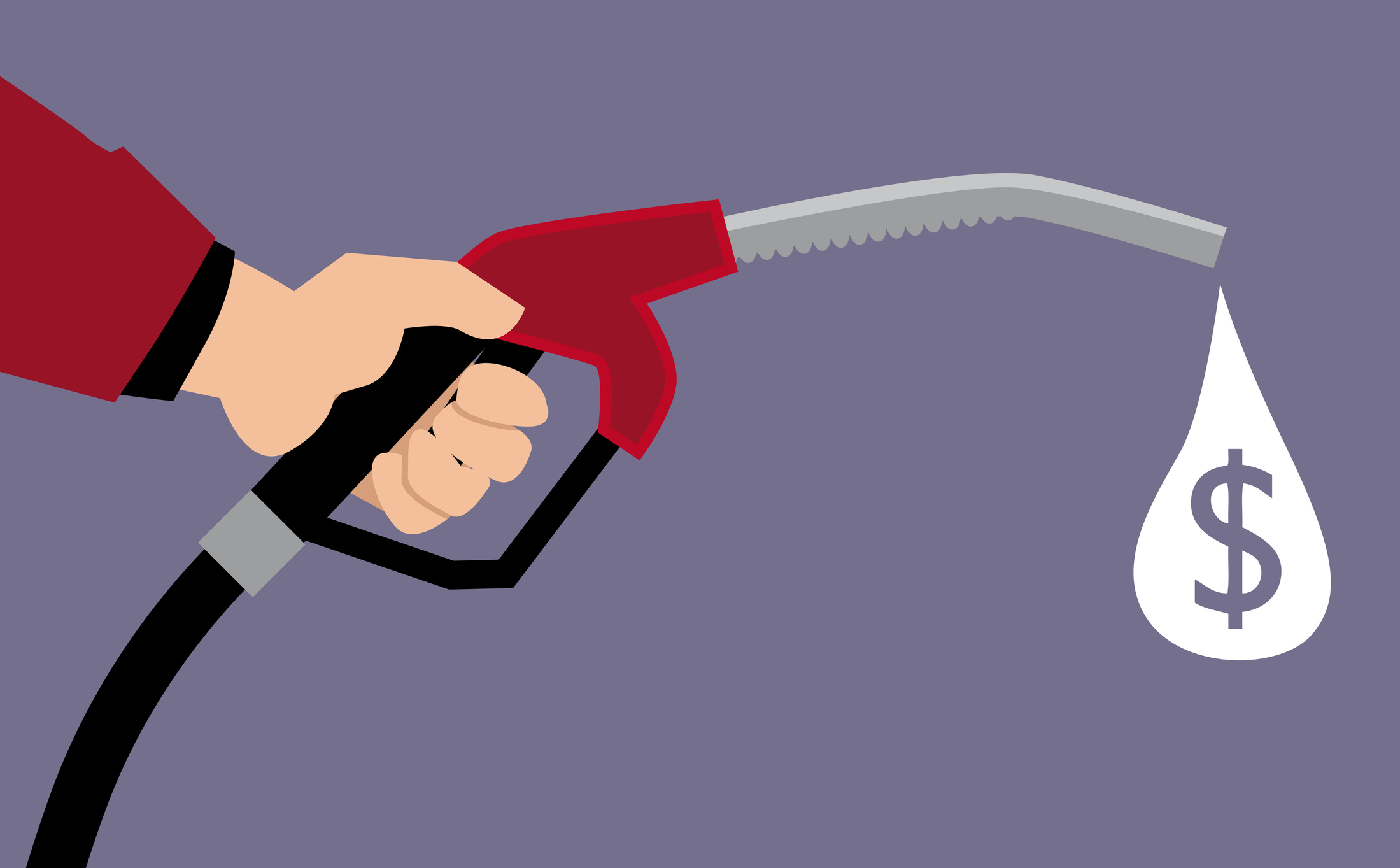
Gas fees play a crucial role in maintaining the stability and efficiency of the blockchain network. It is an essential mechanism to prevent spam and abuse, ensuring that each transaction is processed fairly and meaningfully.
Without gas fees, anyone could send a large number of meaningless transactions, causing network congestion and increasing the burden on processing nodes. This would reduce the overall performance and reliability of the entire blockchain system.
Moreover, gas fees serve as a significant source of income for miners who contribute effort to process transactions and ensure the continuity of the blockchains. It incentivizes them to continue contributing to the maintenance and development of the network.
With the ability to adjust gas fees, users can flexibly choose the appropriate transaction confirmation speed according to their needs. If they want their transactions to be processed faster, they can accept paying a higher gas fee. Conversely, if not urgent, they can opt for a lower gas fee to save costs.
Gas Limit vs Gas Price
Gas fees consist of two parts:
Gas Limit

Gas Limit is the maximum limit of gas that users are willing to spend to execute a transaction or a smart contract. It represents the maximum number of computational steps allowed to complete a specific operation. The higher the Gas Limit, the more complex and resource-intensive the transaction is.
Setting an appropriate Gas Limit is crucial. If the Gas Limit is too low, the transaction will not have enough gas to complete and will be canceled. Conversely, if the Gas Limit is too high compared to the actual needs, users will have to pay higher gas fees than necessary.
Gas Price
Gas Price is the amount that users are willing to pay for each unit of gas used in a transaction or smart contract. It is calculated in the native currency of the blockchain, such as Gwei for Ethereum.
A higher Gas Price encourages miners or validators to prioritize processing users’ transactions. This leads to faster transaction confirmation times but also higher costs for users.
Conversely, a lower Gas Price reduces costs for users but may result in longer wait times for transaction confirmation and inclusion in the block.
For the Ethereum blockchain, Gas Price is calculated in units of Gwei, where each Gwei is equivalent to 0.000000001 ETH (10-9 ETH).
For example, instead of saying that the Gas Fee is 0.000000001 ETH, users can say that the Gas Fee is 1 Gwei. Currently, Ethereum is the blockchain platform attracting a large number of Dapps built and developed on it. Users participating in the DeFi ecosystem need to understand Ethereum and its gas fees to keep up with the trend.
For example, when transacting, if the Gas Limit of Ethereum is 21,000 and the Gas Price is 106 Gwei, then:
Gas Fee = 21,000 x 106 Gwei = 2,226,000 Gwei ~ 0.002226 ETH
This means that users are willing to pay 0.002226 ETH to execute the transaction.
Some Gas Fee Optimization Tools
Blockchain Explorers
Blockchain explorer websites provide comprehensive insights into the activities of blockchain networks, including real-time information about gas fees. This allows users to assess and choose the appropriate time to execute transactions efficiently and cost-effectively. Some popular explorer websites today include Etherscan (Ethereum), BscScan (Binance Smart Chain), and Polygonscan (Polygon).
L2 Fees
L2 Fees is a website specializing in providing information about gas fees on layer 2 (L2) networks built on the Ethereum platform. With the rise of L2 projects such as zkSync, Starknet, and more, L2 Fees becomes a useful tool for users to track and compare gas fees across these networks. This is particularly helpful for those participating in airdrops or trading on popular layer 2 projects.
CoinTool
CoinTool is a comprehensive dashboard providing various useful tools for users in the blockchain and cryptocurrency space. In addition to features such as checking token/NFT prices, analyzing smart contracts, tracking airdrops, and revoking tokens, CoinTool also provides information about gas fees for over 30 different blockchain networks. Users can access this information directly on the website or use CoinTool’s browser extension for easier monitoring.
Some Gas Fee Optimization Tips

Optimizing gas fees is an essential factor in minimizing transaction costs and enhancing the efficiency of blockchain networks. Here are some simple yet effective strategies to help you optimize gas fees:
- Monitor Market Dynamics: Before executing any transactions, take the time to observe and analyze price fluctuations as well as gas fee levels in the market at that time. This will help you determine the appropriate time to trade when gas fees are low, saving costs efficiently.
- Use Gas Fee Tracking Tools: There are many tools and websites specialized in providing real-time information about gas fees for various blockchain networks. Utilize these tools to check the current gas fee levels before confirming transactions. This allows you to compare and select the most optimal gas fee for your transaction.
- Adjust Gas Limit Appropriately: Gas Limit determines the maximum amount of gas you are willing to spend on a transaction. However, if the Gas Limit is set too high compared to the actual needs of the transaction, you may end up paying higher gas fees than necessary. Therefore, consider adjusting the Gas Limit to match the complexity of the transaction, thereby avoiding unnecessary waste.
Conclusion
Gas fees are a critical factor in the blockchain environment, and optimizing gas fees not only brings cost benefits but also contributes to the sustainable development of blockchain networks. By understanding the role of gas fees and applying appropriate optimization strategies, users can enjoy the most efficient and cost-effective trading experience.
Through the article “What is Gas Fee? A Guide to Optimizing Gas Fees Effectively,” have you understood gas fees and how to optimize them? If not, leave a comment below to get your questions answered right away!
 OMN
OMN  BTC
BTC  ETH
ETH  USDT
USDT  XRP
XRP  BNB
BNB  SOL
SOL  USDC
USDC  TRX
TRX  DOGE
DOGE 
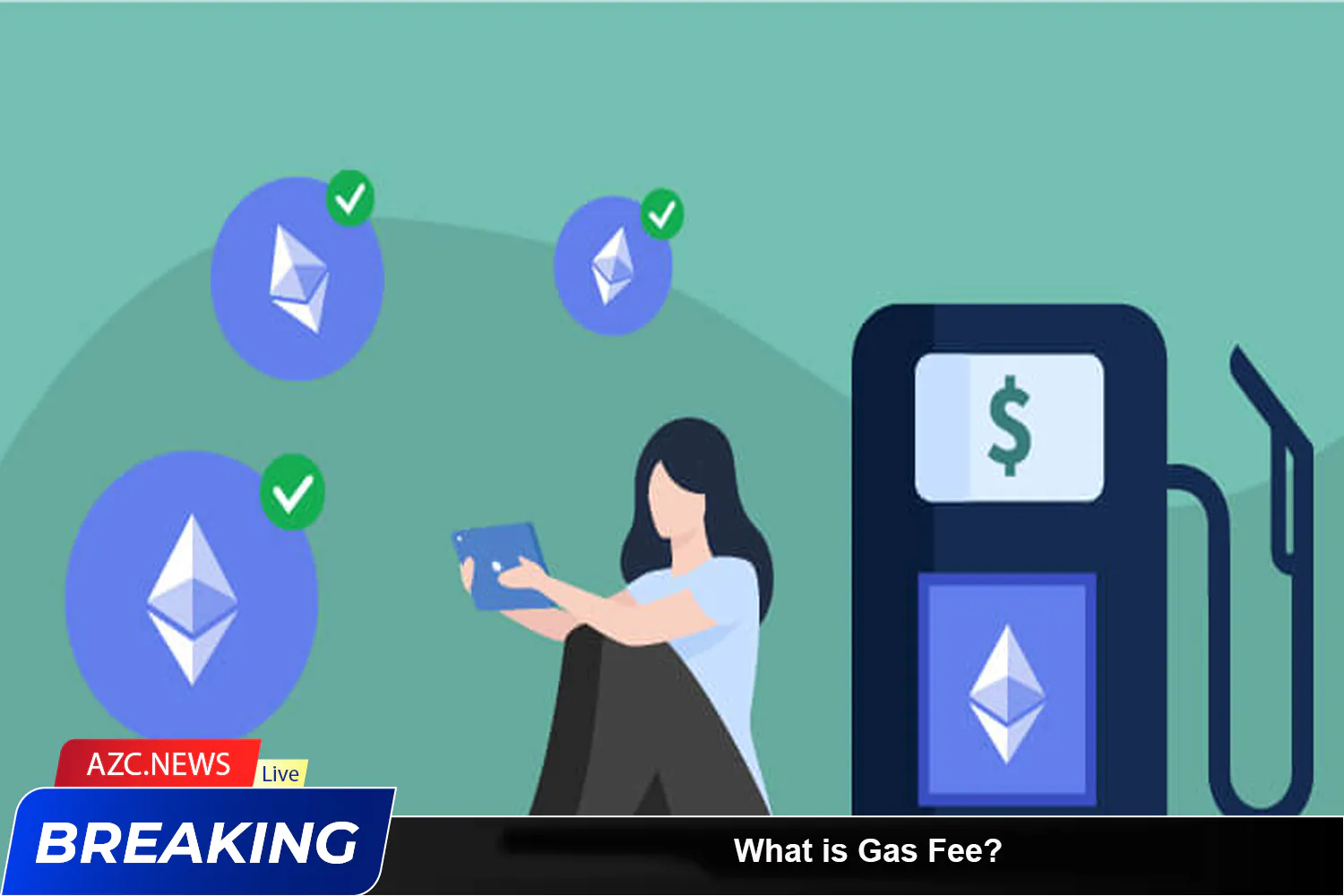


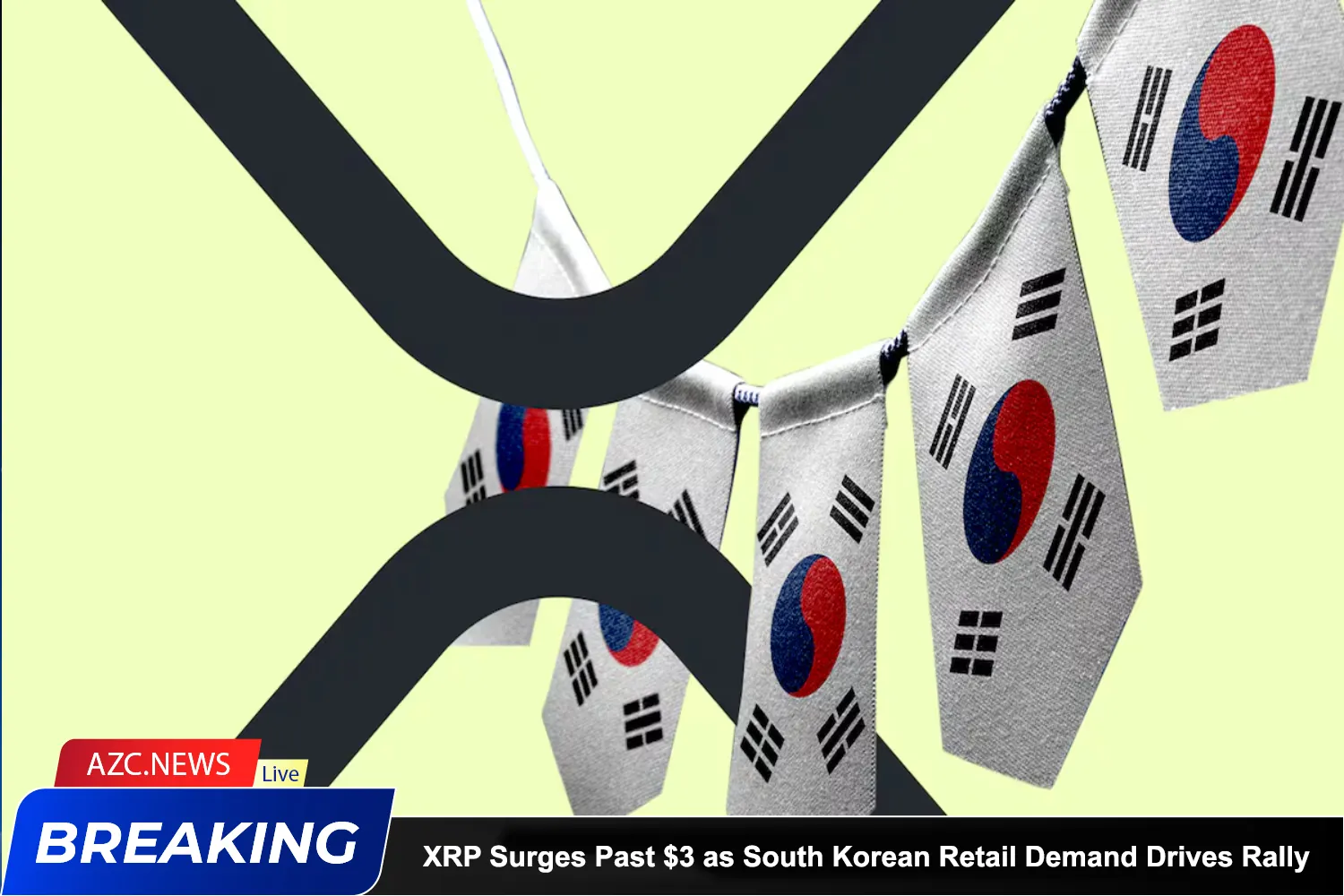

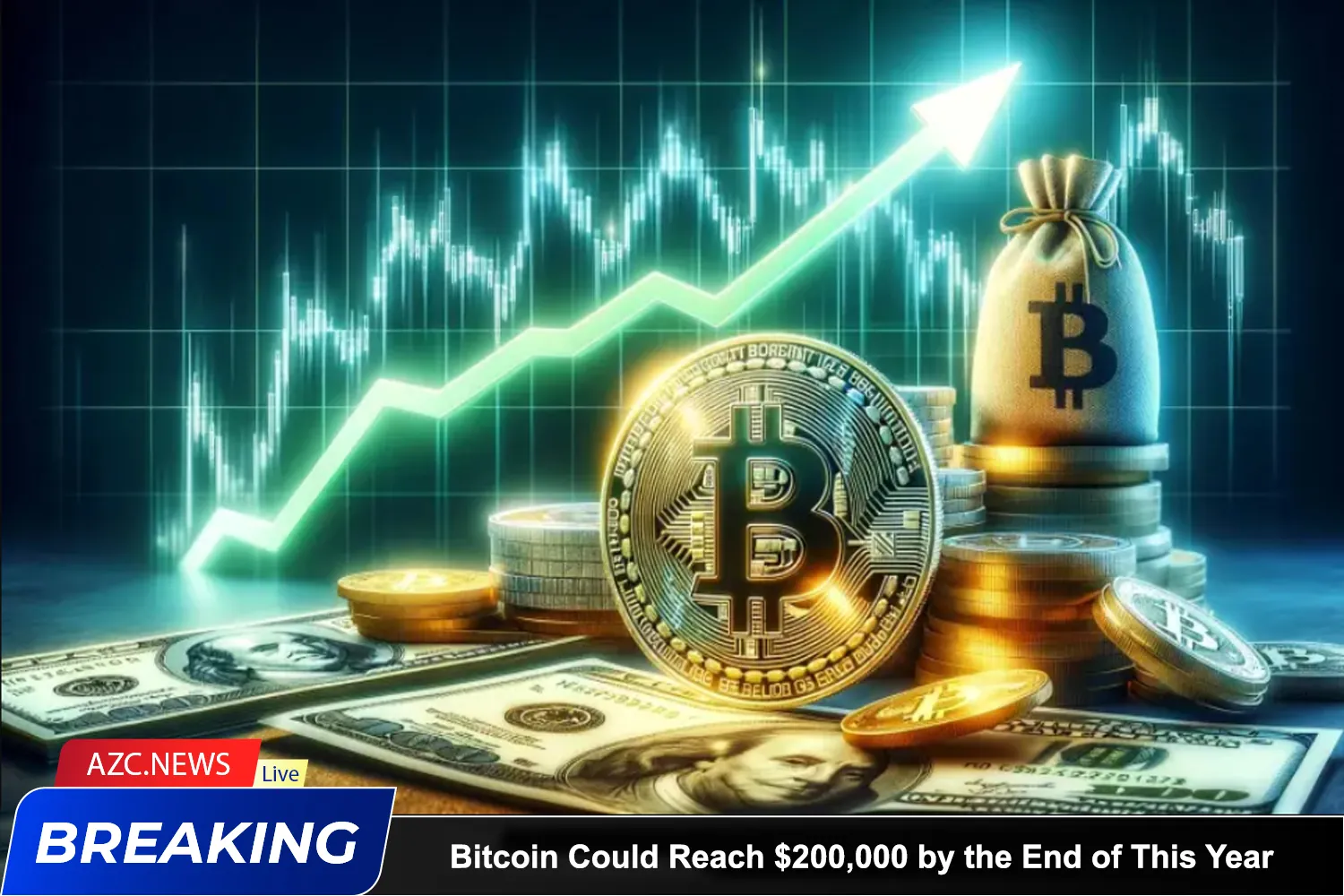
Thank you for sharing on this topic which clear out about “gas fee”.
good
Please how can I start selling gas fee please 🙏
Полезная статья. Часто приходится с этим сталкиваться.
Thanks for this knowledge
Thanks for this information it was helpful